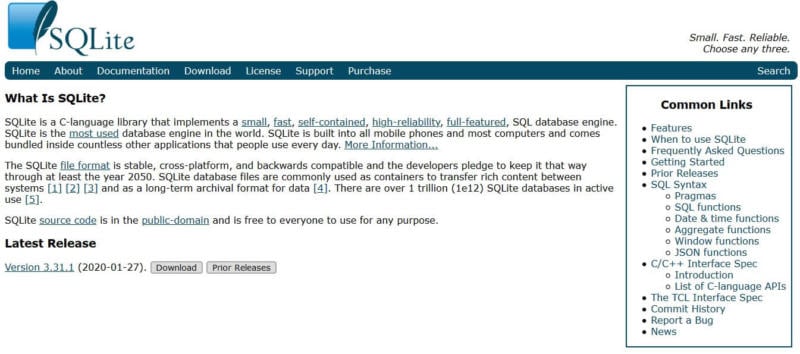

The CONCAT function returns a nonbinary string if all arguments are nonbinary strings. It returns a single string as a result by concatenating all arguments. You can return multiple columns and use the GROUP BY clause to group them appropriately. CONCAT (string1, string2, string3, ) The CONCAT function may take one or more arguments. Result: Andrew, Nancy, Jane, Margaret, Steve, Michael, Robert, Laura Group the Results Here’s another one that uses a comma, but also adds a space to the right of the comma. Result: Andrew|Nancy|Jane|Margaret|Steve|Michael|Robert|Laura The order of the concatenated elements is arbitrary. A comma (',') is used as the separator if Y is omitted.


Here’s an example of specifying the pipe symbol ( |) as the separator. The SQLite provides a simple command-line utility named sqlite3 which allows the user to execute SQL statements manually against an SQLite database. If I didn’t use group_concat() to concatenate this column, the results would have looked like this: SELECT FirstNameĪs mentioned, you have the option of specifying which character to use as the separator. Result: Andrew,Nancy,Jane,Margaret,Steve,Michael,Robert,Laura Here’s an example of calling group_concat() with one argument. The order of the concatenated elements is arbitrary. SQLite doesn’t have a concat() function like many other database management systems, such as SQL Server’s concat() and MySQL’s concat(). A comma (',') is used as the separator if Yis omitted. If parameter Yis present then it is used as the separator between instances of X. If you don’t specify this, then a comma ( ,) will be used as the separator. The groupconcat() function returns a string which is the concatenation of all non-NULL values of X. groupconcat (X) groupconcat (X,Y) The groupconcat function returns a string which is the concatenation of all non-NULL values of X. The second argument specifies a character to use as the separator. In other words, the group_concat() function can be used with either one argument or two. You can use this function in one of the following ways: group_concat(X) groupconcat(X) groupconcat(X,Y) The groupconcat() function returns a string which is the concatenation of all non-NULL values of X. This is sometimes referred to as “string aggregation”.įor example, when querying a database, instead of having each column’s value output in a new row, you can use group_concat() to have them output as a comma separated list. SQLite has a group_concat() function that allows you to concatenate multiple results returned for a column into one. Im trying to use the above SQLite query to take a date string in the MM/DD/YYYY format and change it to yyyy-mm-dd.


 0 kommentar(er)
0 kommentar(er)
